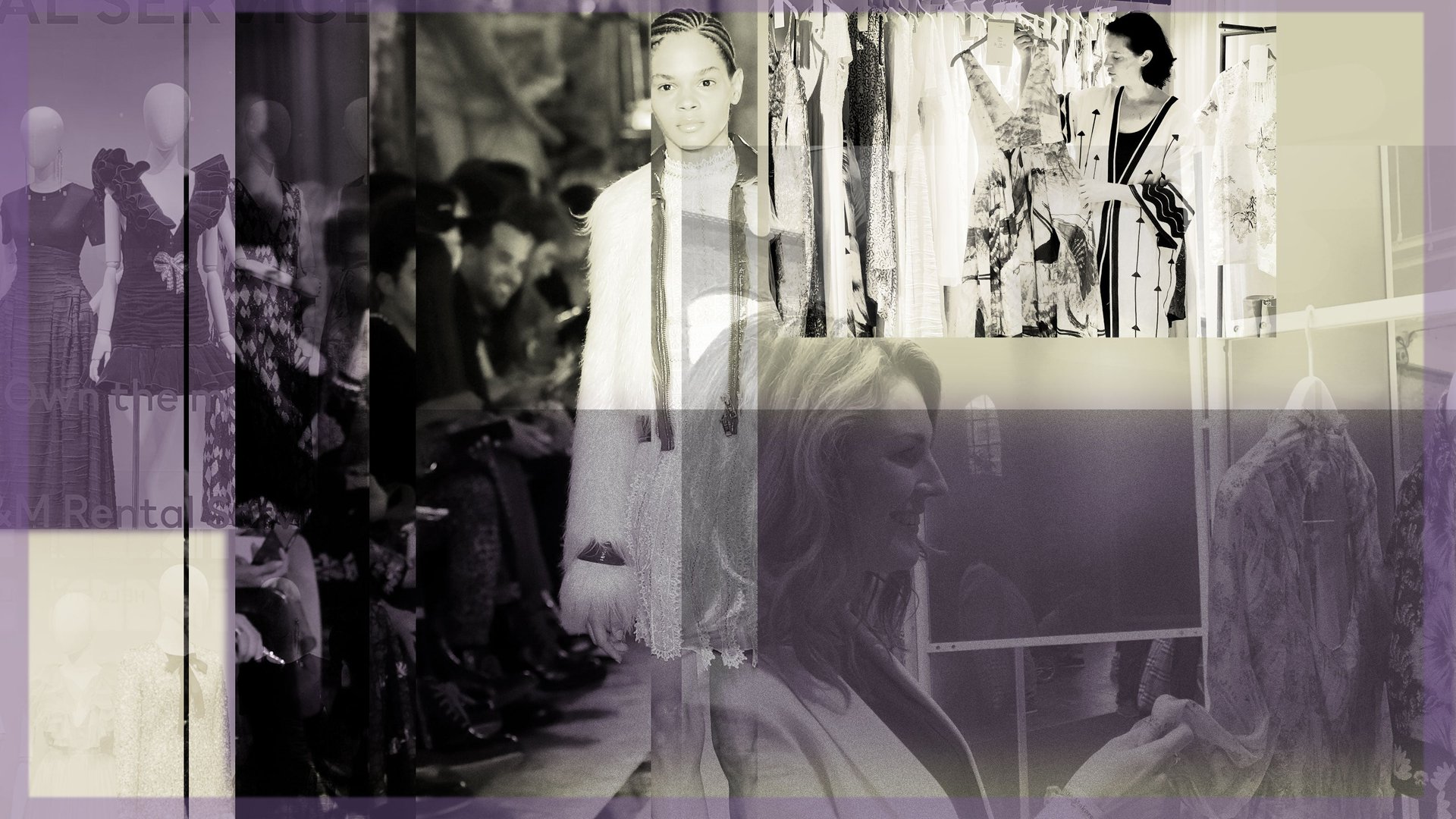The controversial way fashion brands gauge sustainability is being suspended
The Higg Index, one of the fashion industry’s most well-known sustainability rating systems, came under sustained criticism this month. A New York Times article called out the index as too favorable to synthetic materials made from fossil fuels; the Intercept dug into the metric’s controversial ties to fast fashion; and the Norway Consumer Authority banned its use (link in Norwegian) in marketing to consumers.


The Higg Index, one of the fashion industry’s most well-known sustainability rating systems, came under sustained criticism this month. A New York Times article called out the index as too favorable to synthetic materials made from fossil fuels; the Intercept dug into the metric’s controversial ties to fast fashion; and the Norway Consumer Authority banned its use (link in Norwegian) in marketing to consumers.
Now the organization that oversees the ratings is mothballing its consumer-facing portion, and expediting an independent review of the system’s data and methodology.
What is the Higg Index?
The Higg Index is a widely used suite of tools created for the fashion industry to assess the sustainability of the materials used in their products. It was created in 2011 by a group of industry heavyweights, including H&M, Walmart, Nike, Levi’s, and Patagonia. It is maintained by the Sustainable Apparel Coalition (SAC) and their technology partner Higg. The SAC has about 250 member brands.
In 2021, a consumer-facing portion of the Higg suite was created, which allows shoppers to view the environmental impact of individual items, including how it compares on greenhouse gas emissions, fossil fuels, water use, and water pollution. That consumer-facing effort was suspended on June 27.
What are criticisms of the Higg Index?
The index has been criticized on a number of fronts:
🍃 The system favors synthetic fabrics, which are made from fossil fuels, positioning them as more sustainable than natural fabrics. Synthetics are the backbone material of the fast-fashion industry. The SAC says, however, that comparing these materials is not what the tool is meant to do.
📈 There isn’t transparency in the underlying data. Access to some data are available only to companies that pay a fee.
🤝 Its ties to the fashion industry are too strong. Many of the founding retail members of the index, and members of the SAC itself, are the largest brands in fashion. This could chill the coalition’s willingness to criticize underperforming brands, as those companies also fund them.
🛍 It can be misleading. This is what the Norwegian Consumer Authority (NCA) decided on June 16 when it banned the use (Norwegian) of the index in marketing, and issued a warning to H&M to curb its use on their website. “SAC should not allow its partners to use the Higg MSI for marketing purposes towards consumers,” the consumer authority wrote to SAC after their ruling.
🗑 The analysis of environmental impact does not include an item’s full life-cycle. It doesn’t follow a garment from farm (or oil well), through manufacturing and use, to rubbish pile. It includes only the impact of the materials until the production of the fabric is completed. It also fails to include important sources of emissions, like from the manure used in cultivation.
The problem with certification programs like Higg
As the fashion industry takes stock of its role in the climate crisis, and consumers have become more environmentally conscious, certification programs are on the rise. The Higg Index may be one of the most widely-used, but it is far from the only sustainability initiative that, critics say, actually distract from fashion’s environmental concerns.
“Certification in general is sort of this false promise, and it is this license to greenwash,” said George Harding-Rolls, a campaign manager at not-for-profit Changing Markets Foundation.
Certification programs like the Higg Index often trivialize the amount of change that the fashion industry needs to take to become sustainable.
“I do welcome the scrutiny of the Higg, but we’re not talking about overproduction, we’re not talking about the fundamental business model that [fashion brands] exist in,” says Harding-Rolls. “[Certifications are] sort of like flies around a dead horse. It is a distraction and there does need to be a more serious conversation about systemic change and not just these bolt-on little patches.”